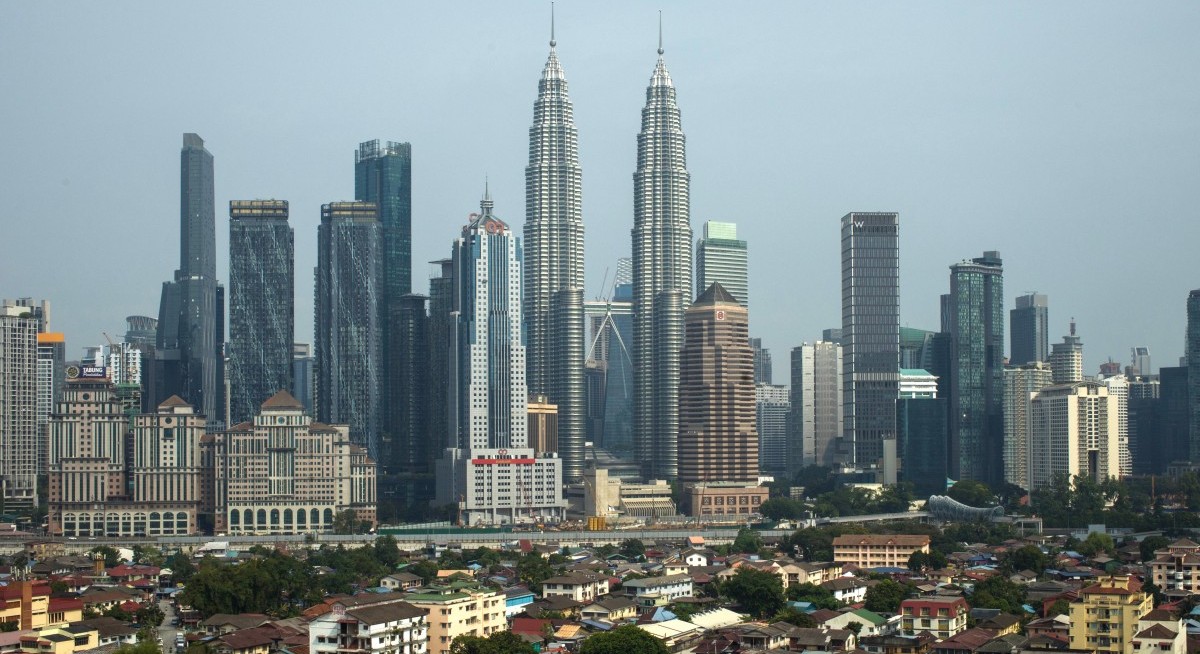“Domestic demand continued to be the primary engine of growth, particularly in tourism-related activities during public and school holidays,” Malaysia’s chief statistician Mohd Uzir Mahidin said in a statement, noting that activity was supported by cash disbursements and an interest rate cut.
Sustained capital investment and rising external demand bolstered the expansion, despite uncertain trade policies, he added.
The ringgit held small gains against the dollar after the data. The FTSE Bursa Malaysia KLCI gauge maintained losses of as much as 0.3%.
See also: Anti-bullying law tabled in Malaysia's Dewan Rakyat, to create tribunal with wide-ranging powers
Trump’s global trade war has so far failed to derail Southeast Asia’s economies, though they’re facing some of the highest tariff rates. Vietnam’s 8.23% growth was the fastest expansion since 2022 as factories went into overdrive shipping goods to the US before the levies hit in early August. And while Singapore’s third-quarter growth slowed to 2.9% from a year ago, that still beat analyst expectations.
The Philippines, Thailand and Indonesia are set to unveil their third-quarter figures next month.
Malaysia’s trade numbers for September offer a snapshot of the muted impact of the 19% levy on shipments to the US. Exports grew 12.2%, beating the highest estimate in a Bloomberg survey, while imports rebounded by 7.3%, bringing the trade surplus to 19.86 billion ringgit ($6.1 billion), according to data also released on Friday. Export growth in September was recorded across all sectors, according to Malaysia’s Investment, Trade and Industry Ministry.
See also: DBS reaffirms Malaysia's outlook but flags US chip tariffs as downside risk
“The Malaysian economy is cruising at a respectable speed,” said Mohd Afzanizam Abdul Rashid, chief economist at Bank Muamalat Malaysia. “Going forward, the impact from the US tariff will be closely monitored. Our sense is that the central bank and the fiscal authority will remain vigilant in observing the incoming data and would respond accordingly.”
Malaysia’s latest GDP print puts it on track to meet the official forecast of 4% to 4.8% growth this year. The country is counting on resilient domestic demand to provide a buffer as Trump’s levies threaten exports. Growth is expected to moderate next year to a range of 4% to 4.5% on external volatility, according to the government.
“Malaysia’s economy accelerated in the third quarter but we expect growth to soften in the coming quarters which, alongside low inflation, should add to the case for further monetary easing this year,” Shivaan Tandon, an analyst with Capital Economics, wrote in a note.
Exports to the US jumped 24.4% in September on account of robust exports of electrical and electronic products, the Investment, Trade and Industry Ministry said. Shipments to China gained 2.9%.
In terms of broad economic activity, the mining and quarrying sector jumped 10.9% in the third quarter, after having contracted 5.2% in the April-June period, according to the statistics department. This was mainly driven by higher production of natural gas and crude oil and condensate.
Manufacturing growth rose 4%, from 3.7% in the previous three months, driven by electrical, electronic and optical products as well as vegetable and animal oils and fats and food processing, the government agency said.
The construction sector continued to moderate, expanding 11.2% in the third quarter, while the services sector grew 5.1%, matching the previous quarter’s pace.
To stay ahead of Singapore and the region’s corporate and economic trends, click here for Latest Section
The central bank cut interest rates in July by a quarter point to preemptively support the economy, warning that “the balance of risks to the growth outlook remains tilted to the downside.” It also released more funds into the banking system to encourage lending and boost activity.
The reduction in borrowing costs and the government’s one-off cash assistance of 100 ringgit played a supportive role in stimulating domestic consumption, according to Uzir, the statistician.
“At the current juncture, monetary policy stance looks supportive and the Budget 2026 approach will continue to provide support for the economy,” Afzanizam said, adding that the central bank would likely maintain the interest rate at 2.75% for now.
Chart: Bloomberg




